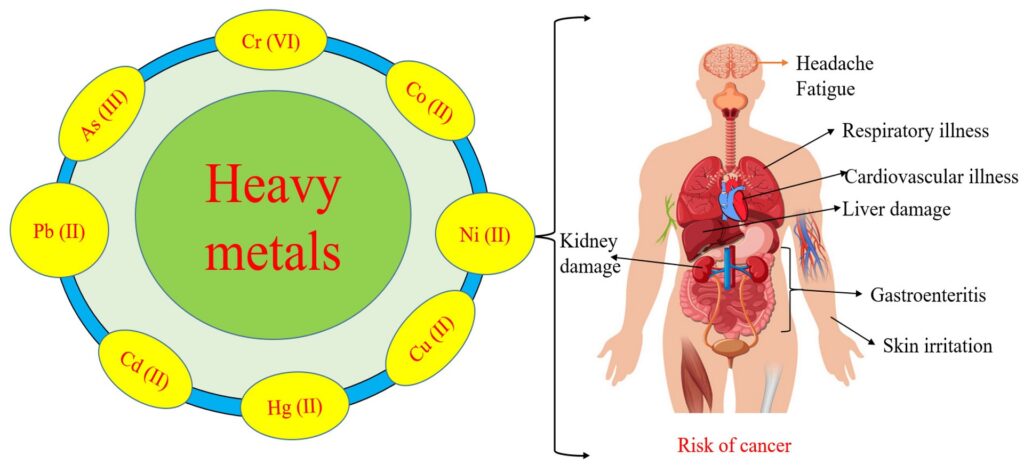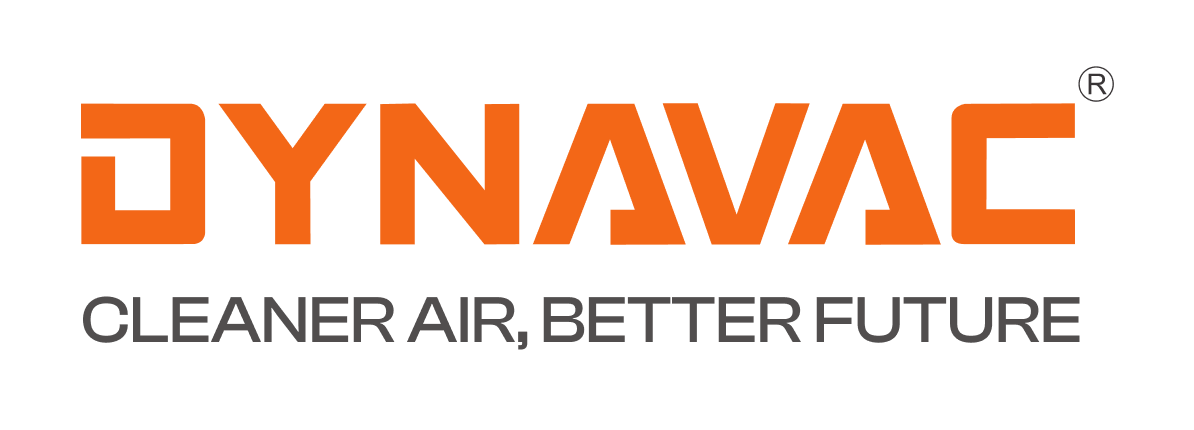What is welding fume?
Welding Fume: A Microscopic Threat
Welding is a vital industrial process, but it creates a hidden danger – welding fume. This isn’t thick smoke, but a cloud of microscopic particles released when metals reach high temperatures. These particles can be a mix of:
- Metal oxides: Formed when the base metal being welded reacts with oxygen in the air.
- Filler metal particles: Tiny fragments from the electrode used to join the metals.
- Contaminants: Dust, paint, or other materials present on the welding surface.
Let’s delve into the specific health concerns associated with welding fume exposure.
Respiratory Issues:
- Short-term: Inhaling welding fume can cause immediate irritation of the eyes, nose, and throat. Symptoms like coughing, wheezing, and shortness of breath may also occur.
- Long-term: Repeated exposure can lead to chronic respiratory problems like bronchitis, asthma, and even lung scarring. Welding fume exposure is also a risk factor for developing lung cancer.
Metal Toxicity:
Certain metals present in welding fumes, like chromium, nickel, and manganese, can accumulate in the body over time. This can lead to a range of health problems, including:
- Kidney damage: Metals can damage the kidneys, impacting their ability to filter waste products from the blood.
- Neurological problems: Exposure to manganese can cause neurologic symptoms like tremors, difficulty concentrating, and even Parkinson’s disease-like symptoms.
- Cancer: Some metals in welding fumes, like chromium VI, are classified as carcinogens, increasing the risk of various cancers.

Metal Toxicity:
Certain metals present in welding fumes, like chromium, nickel, and manganese, can accumulate in the body over time. This can lead to a range of health problems, including:
- Kidney damage: Metals can damage the kidneys, impacting their ability to filter waste products from the blood.
- Neurological problems: Exposure to manganese can cause neurologic symptoms like tremors, difficulty concentrating, and even Parkinson’s disease-like symptoms.
- Cancer: Some metals in welding fumes, like chromium VI, are classified as carcinogens, increasing the risk of various cancers.
Other Health Concerns:
- Metal fume fever: This flu-like illness can occur several hours after exposure, causing chills, fever, and muscle aches.
- Skin problems: Welding fumes can irritate the skin, causing rashes and even burns.
Protecting Factory Workers:
The good news is that Dynavac offers effective ways to mitigate the risks of welding fume exposure: Fume extraction and dust capture solutions.
Here’s how they work:
- Centrifugal Fans: Powerful fans create a negative pressure, sucking dust particles away from workers and machinery. This prevents dust from being inhaled and causing respiratory problems like asthma or allergies.
- Filters: Once captured, the dust isn’t just left hanging around. Special filters, like giant air purifiers, trap these tiny particles. Think of them as sieves for dust, letting clean air flow through and keeping the bad stuff out.
- Wet or Dry: There are two main types of dust capture solutions: dry anord wet. Dry systems use filters to trap dust, which need to be replaced regularly. Wet systems, on the other hand, use a spray of water to capture dust. Depending on your site specific requirement, Dynavac engineers will assess and suggest the correct solution for your requirements.
So next time you see a clunky contraption with hoses and filters in a factory, don’t be fooled! It’s a silent guardian, ensuring a clean and healthy work environment for everyone.
